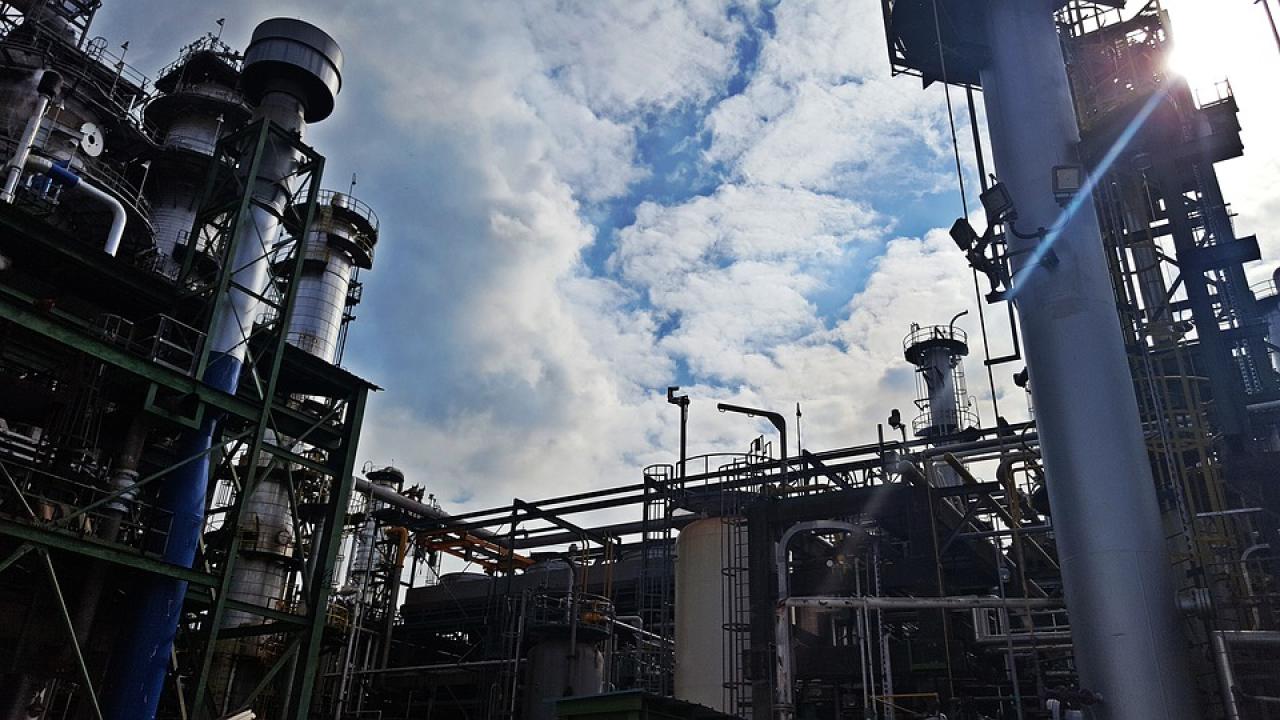
In-state oil refiners consider life after petroleum
What's Happening
California’s climate leadership has in-state oil refiners thinking about life after petroleum. Two major Bay Area refineries, owned and operated by Phillips 66 and Marathon Petroleum, announced in 2020 that they were planning to convert from producing petroleum to biofuels – specifically, the renewable diesel (RD) and sustainable aviation fuel (SAF). For the last year, they have been navigating the permitting and environmental review processes, largely led by Contra Costa County and the Bay Area Air Quality Management District. There is strong scientific evidence that these fuels yield lower GHG emissions than petroleum over their full life cycle, and are vital to transportation GHG reduction plans in California, Oregon, and British Columbia, but there are legitimate concerns.
Our Take
Alternative fuels made from biomass create new linkages between transportation, energy, environmental health and agriculture, and thus new metrics, regulations, and policies are needed to address them effectively and equitably. This complexity means that many more stakeholders and communities are involved. The life cycle GHG impacts of SAF and RD are largely dependent on what they’re made from. Producers, like the ones proposed under the refinery conversion plans, can use a wide variety of fats, oils or greases (FOGs) to make SAF and RD. Fuels made from otherwise discarded waste products, or products used for a very low-value purpose, can result in life cycle GHG impacts 80-90% below their petroleum equivalents. Unfortunately, there just isn’t nearly enough waste oil in the world to satisfy the need for transportation fuels–probably even just for aviation.
Given the limited supply of waste materials, SAF and RD producers are increasingly looking to crop-based oils, like soybean or canola. These typically result in 30-40% lower lifecycle GHG than petroleum fuels, due to the large amount of energy and fertilizers used in their production, as well as the impacts of converting more land into crop production as fuel producers increase the demand for vegetable oils. Thus, when using some crop-based oils, SAF and RD offer a small but clear improvement over the existing petroleum-dominated ones. These biofuels could prove important, even though many feel that we need to be focusing on solutions that can actually get us to zero emissions, such as electric vehicles. Recent research by the UC Institutes of Transportation Studies demonstrates, however, that EVs can’t do it alone.
Why, then, are the proposed conversions sparking opposition? Some of it is straightforward NIMBY-ism, with local interests hoping to shut down refineries, rather than find a new use for them. Generally, these nearby communities are home to lower-income families and people of color. Refineries are one of the biggest sources of localized pollution in California, with emissions that exacerbate deep health inequities and contribute to chronic illness and lower life expectancy in surrounding communities. It is likely that a biofuel-based refinery would emit less pollution than one processing crude oil, since there are fewer contaminants like metals or sulfur in vegetable oil, though there are few real-world examples to study in order to be certain. Nearby communities often feel they have borne the weight of air pollution from refineries long enough, and are skeptical of promises.
As California continues its progress towards carbon neutrality, it will have to find solutions in cases like the proposed refinery conversions. Achieving success will require rapidly reducing emissions from the fifth-largest economy in the world while simultaneously addressing local pollution hot-spots, and balancing the ability of fuels like FOG-based RD and SAF to deliver emissions reductions in the short term against the fact that they still cause some significant environmental harms and may not be able to be part of a zero-emission transportation system.
